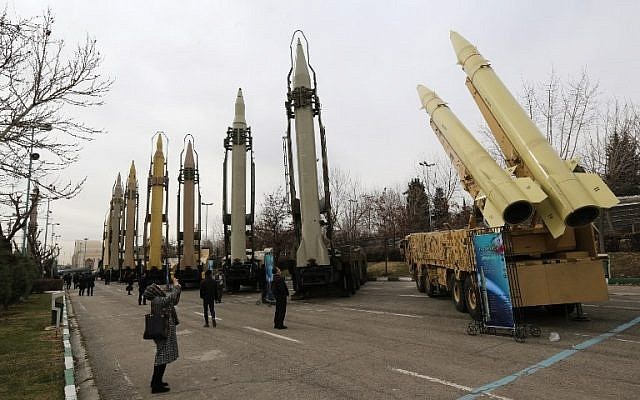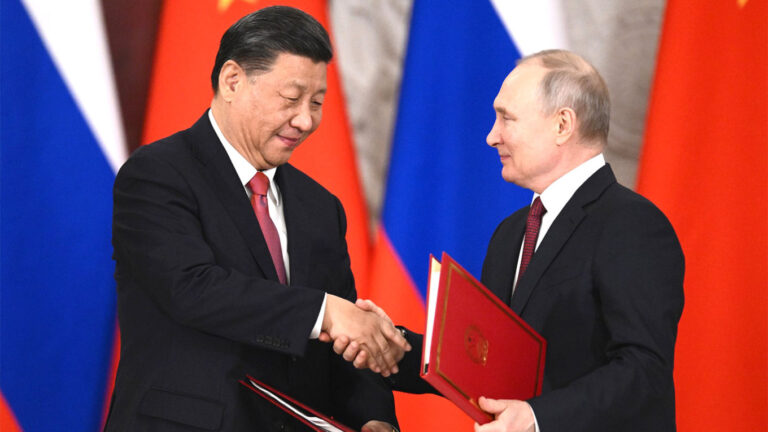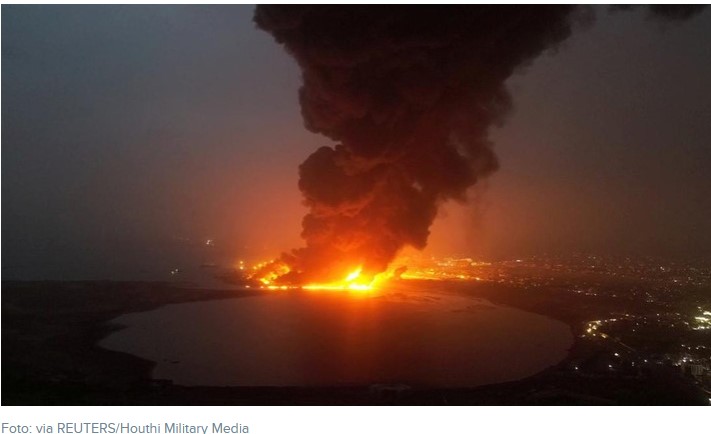
STRATEGIC ASSESSMENT-Teheran. Iran continues to showcase unexpected breakthroughs in sophisticated, indigenously-developed missile and related space launch technology. These advances establish Iran as an ever more significant regional power – the most technologically-capable nation in the region other than Israel. More ominously, Iran’s capabilities have likely now reached a point where it would be extremely difficult to diminish Iran’s strategic reach through sanctions or diplomatic isolation.
Iran’s longer range missile capabilities are a critical factor in Iran’s strategic planning by providing its military with the ability to conduct retaliatory attacks from Iranian territory, rather than relying on its network of regional proxies which use Iran-supplied shorter range systems. The United States and its regional allies, including Israel and the Gulf states, also assess that Iran’s precision-guidance capabilities have the potential to overwhelm the missile and rocket defense systems that they have relied on to defend against Iran and Iran-supplied missile attacks.
The latest display of Iran’s technical prowess came on April 24, 2020 when the IRGC announced it had launched the Noor (‘Light’) military satellite into orbit, using a new Qassed (‘Messenger’) solid-fueled three-stage rocket. Although U.S. military officials sought to dismiss the achievement by claiming the Noor had become a ‘tumbling webcam’ unable to provide Iran with any intelligence, the launch represented a new surprise to U.S. and U.S.-allied experts attempting to gauge Iran’s intentions and capabilities.
Iran’s intent came into question because the launch represented the first time the IRGC, rather than Iran’s civilian Space Agency, had attempted a space launch. The launch demonstrated Iran’s growing capabilities with solid-fueled rocketry, which can be launched with less preparation and advanced warning than liquid-fueled systems. The involvement of the IRGC, whose Aerospace Force runs Iran’s missile program, immediately raised the possibility that Iran is attempting to develop an Intercontinental Ballistic Missile (ICBM, with a range of 3,400 miles or more) by adapting space launch technology. Doing so would violate informal pledges by the IRGC not to develop missiles with ranges over 1,200 miles, and U.S. officials called the launch a ‘provocation.’ Yet, some experts downplayed the threat, maintaining that space launch technology is not easily translated into the development of extended-range missiles.
The space launch came several months after Iran, on January 8, launched more than a dozen medium-range ballistic missiles from Iranian territory at the Ayn al-Asad base in Iraq, which houses U.S. forces in Iraq. The strike, retaliation for the January 3, 2020 U.S. strike that killed IRGC-Qods force commander Qasem Soleimani, was more accurate than expected, given the long distance traveled by the missiles. Although the U.S military initially reported no U.S. casualties, the strike leveled several buildings on the base and more than 100 U.S. military personnel later were diagnosed with traumatic brain injuries from the force of the blasts.
The Ayn al Asad strike followed Iranian cruise missile attack on critical Saudi energy infrastructure at Khurais and Abqaiq, an attack that, due in part to its precision, had already prompted a major U.S. and regional reassessment of Iran’s military technology capabilities. Neither strike was intercepted by the network of missile defense systems the United States and the Gulf states have established, maintained, and upgraded.
Iran’s recent space launch and missile attacks also provide cause to reassess Iran’s missile strategy. Iran has previously projected power by providing shorter-range ballistic and cruise missiles to allies and proxies such as Lebanese Hezbollah and the Houthi movement in Yemen. The operating assumption among experts has been that Iran prefers to use its regional allies to launch missile attacks because such attacks can be carried out with precision and deflect blame from Iran itself.
Iran’s increasing ability and willingness to launch missile attacks from its own territory indicates that Iran’s missile guidance capabilities have advanced significantly and that Iran assesses that its adversaries are deterred from attacking Iran itself. These Iranian capabilities might indicate that U.S. and Israeli-developed missile and rocket defense systems are no longer sufficient to blunt the threat from Iranian and Iran-supplied missiles and rockets. It is clear that the U.S. policy of maximum pressure on Iran is not hindering Iran from achieving significant technological advances that confirm Iran’s place as a growing regional power.





